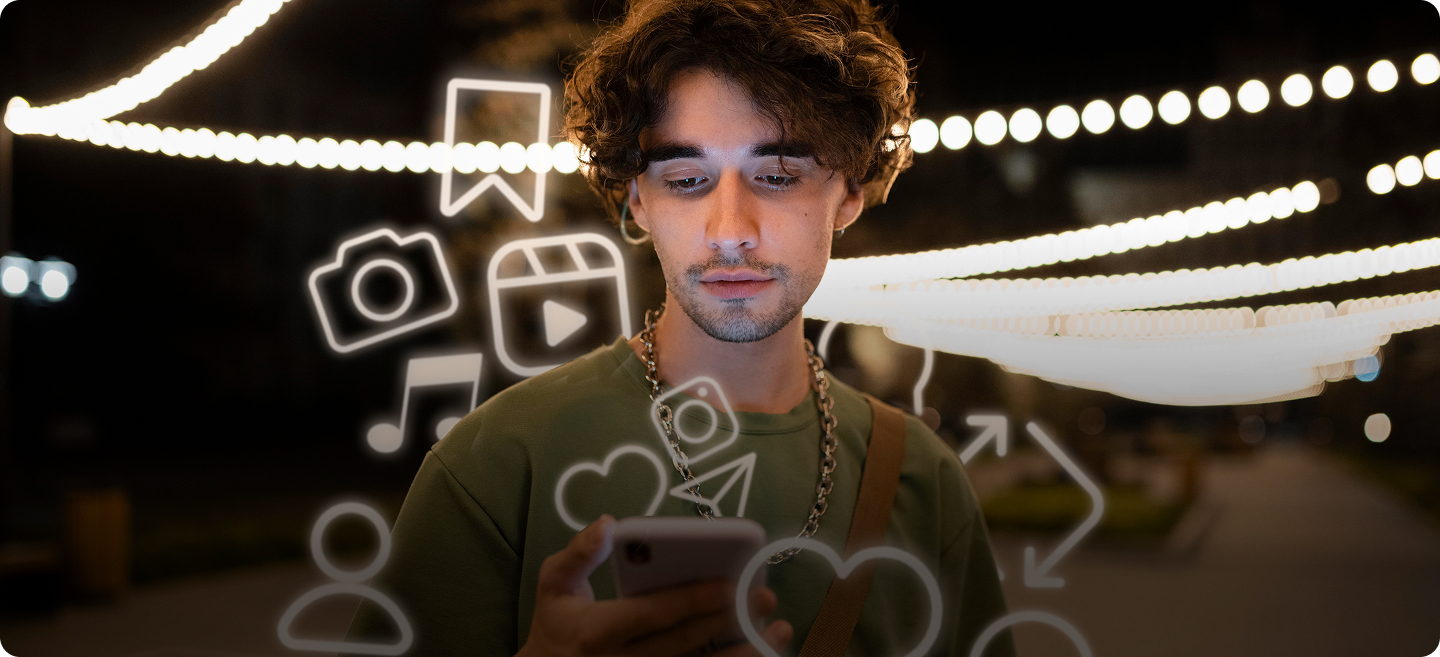1Nano Influencers: 1,000 to 10,000 Followers
Nano influencers often focus on niche interests like sustainable fashion, local food, or pet care, and maintain only a highly engaged segment of the audience. Due to their authenticity and strong personal connection with followers, nano influencers enjoy high engagement rates. They are ideal for local marketing campaigns or brands targeting a very specific demographic.
Despite their limited reach, nano influencers offer excellent value and form a critical part of an effective influencer marketing strategy. Many brands prefer working with multiple nano influencers to build trust across various micro-communities. Their credibility and affordability make them perfect for small campaigns that aim to build loyalty over time.
2Micro Influencers: 10,000 to 100,000 Followers
Micro influencers provide a balance between reach and engagement. Known for their expertise in specific niches such as fitness, tech, or parenting, their audiences see them as relatable experts. Therefore, their recommendations become more influential than traditional celebrities.
Micro influencers often serve as the best bets in influencer marketing campaigns. With lower costs and higher trust, these influencers provide a scalable and effective influencer marketing solution for growing brands. Collaborations with them offer better insights into audience demographics, allowing for targeted messaging. Brands can also test multiple influencer strategies at once by running smaller campaigns across different micro influencers.
3Macro Influencers: 100,000 to 1 Million Followers
Macro influencers are well-known personalities, often with a background in content creation, media, or entertainment. Their content production quality is professional, and they command attention across multiple social media platforms.
Macro influencers are great for brands looking to expand their reach and create market buzz. Although they are costlier than nano and micro influencers, they provide higher visibility. Their audiences are large, and their campaigns can generate larger impressions. They also bring professionalism to the content and are known for creating more polished and impactful content. Many influencer marketing agencies work closely with macro influencers to develop integrated campaigns through multiple channels.
4Mega Influencers: More Than 1 Million Followers
Mega influencers are top-tier influencers who are often celebrities, reality TV stars, or globally recognised social media influencers. Their content reaches millions, and they usually lead large-scale influencer marketing campaigns for luxury, fashion, beauty, and lifestyle brands. However, the cost of partnering with mega influencers is substantial. Brands must ensure the influencer aligns perfectly with their brand values to justify the investment.
Mega influencers are best suited for awareness-driven campaigns where mass exposure is important. Their impact is maximum on popular social media platforms like Instagram and YouTube. While they may offer lower engagement per follower, the scale of their reach allows brands to build massive awareness in a short span. They are also excellent for product launches, brand repositioning, or influencer marketing campaigns that coincide with significant events.








